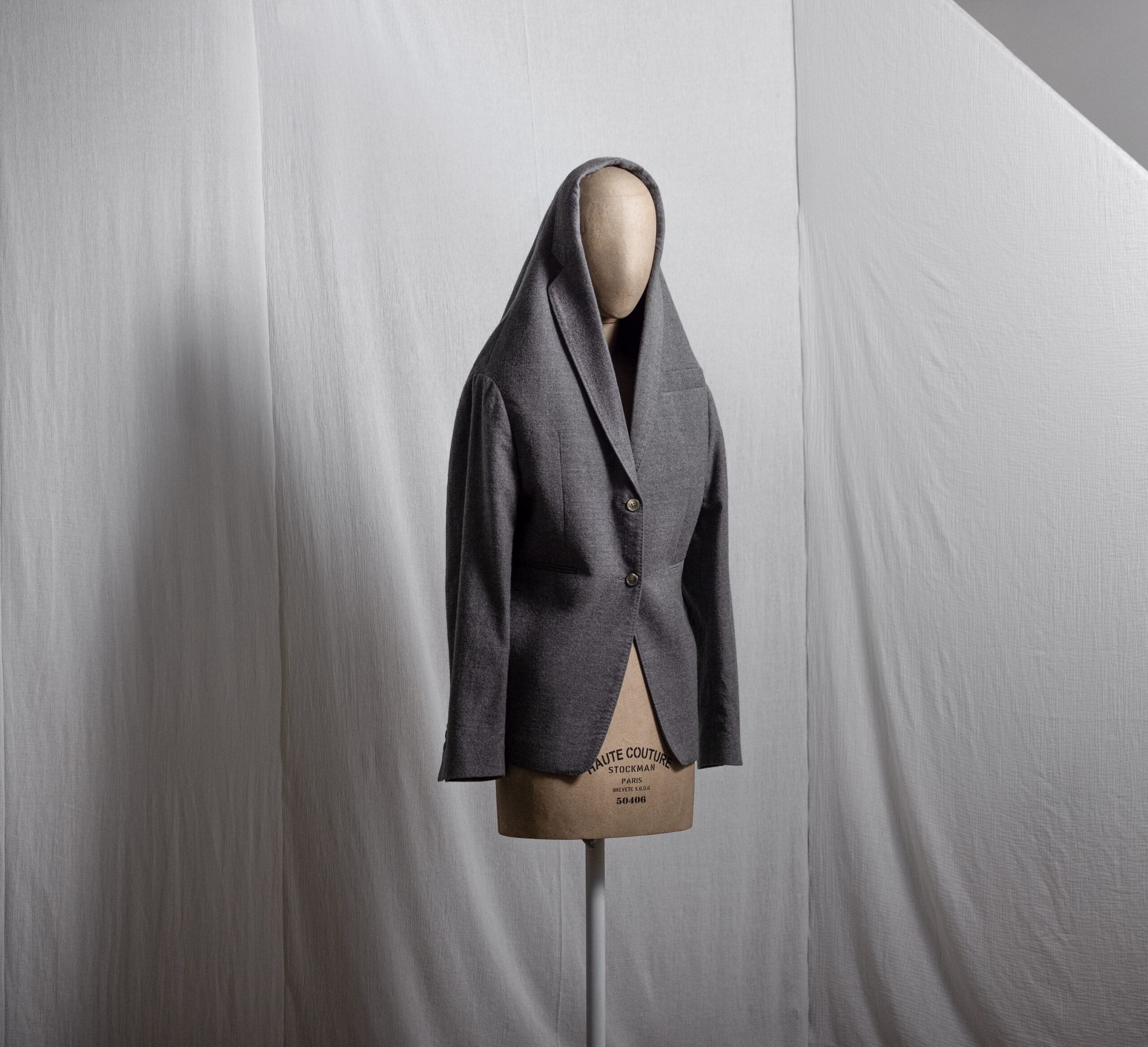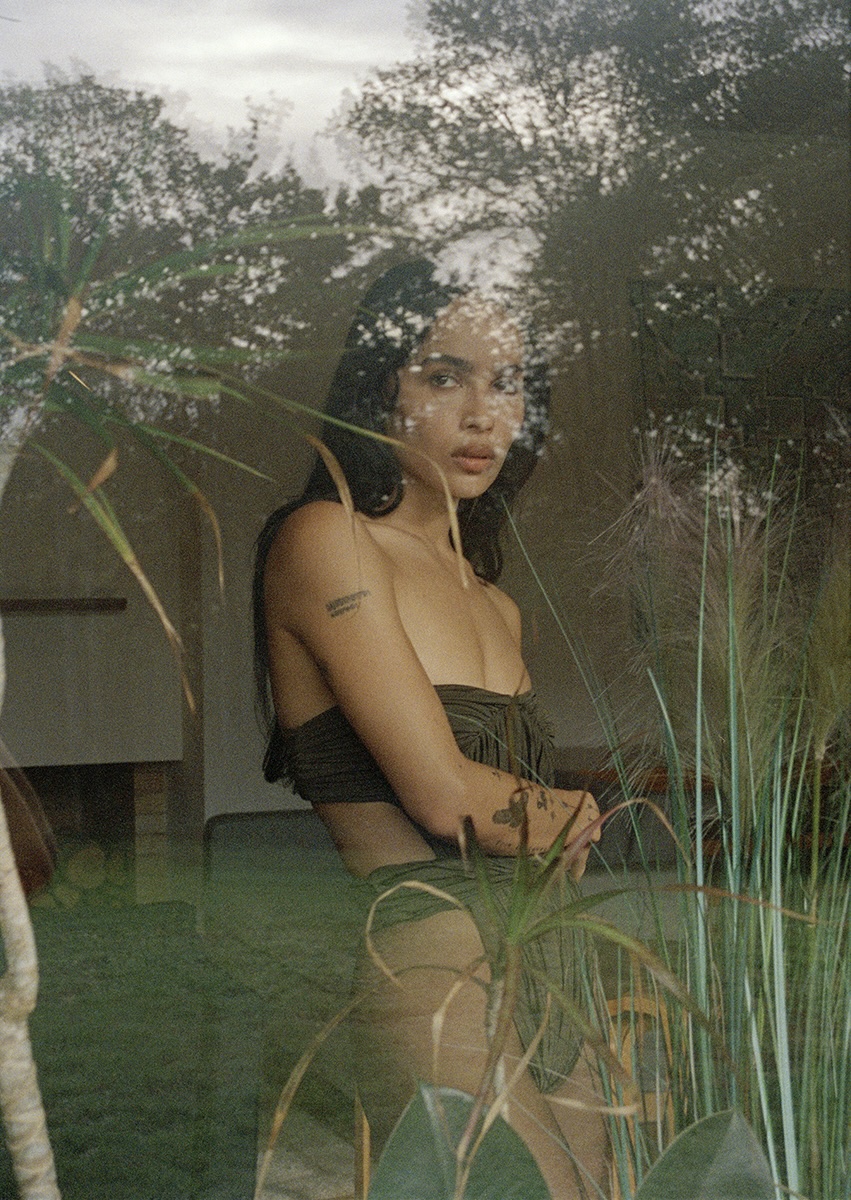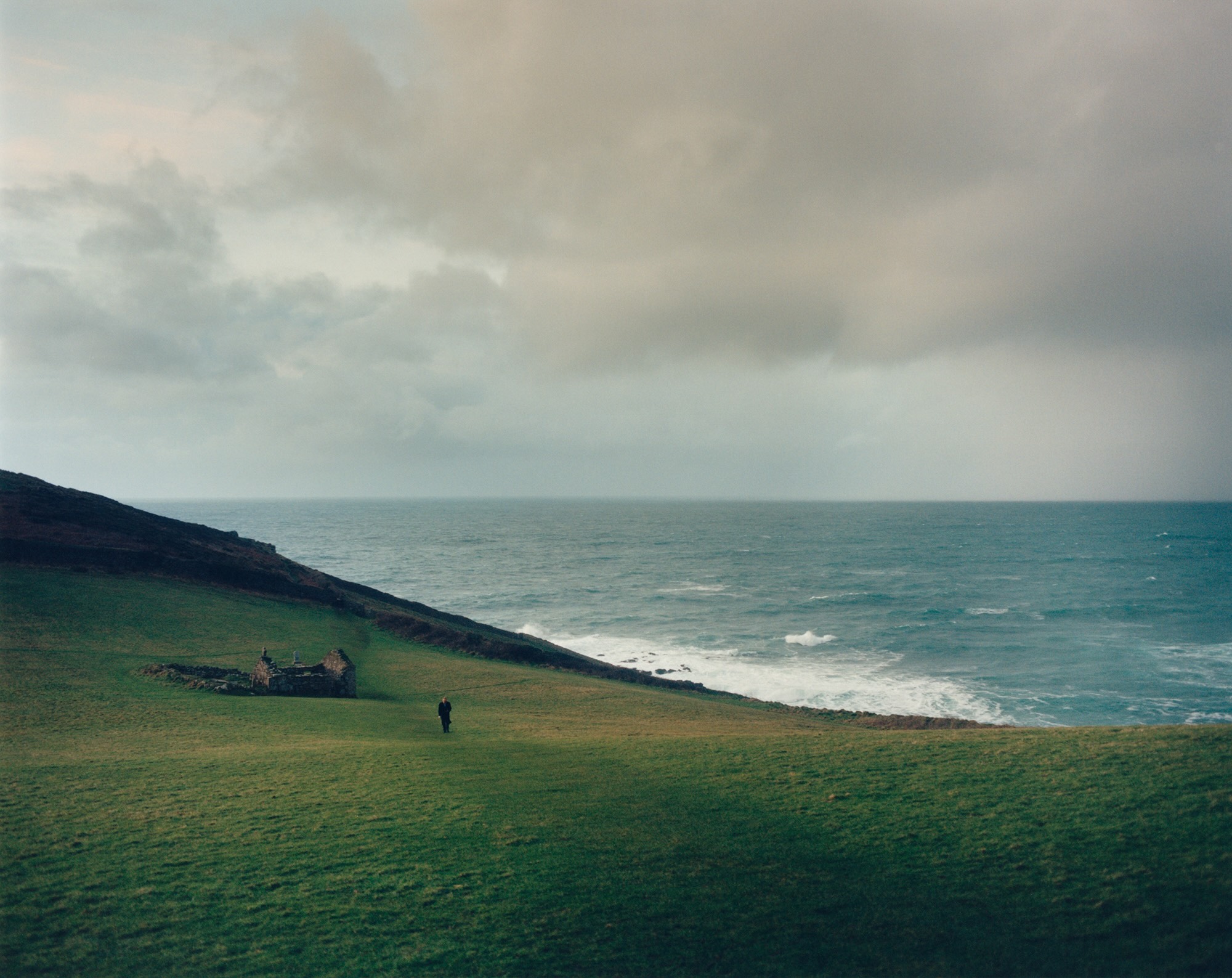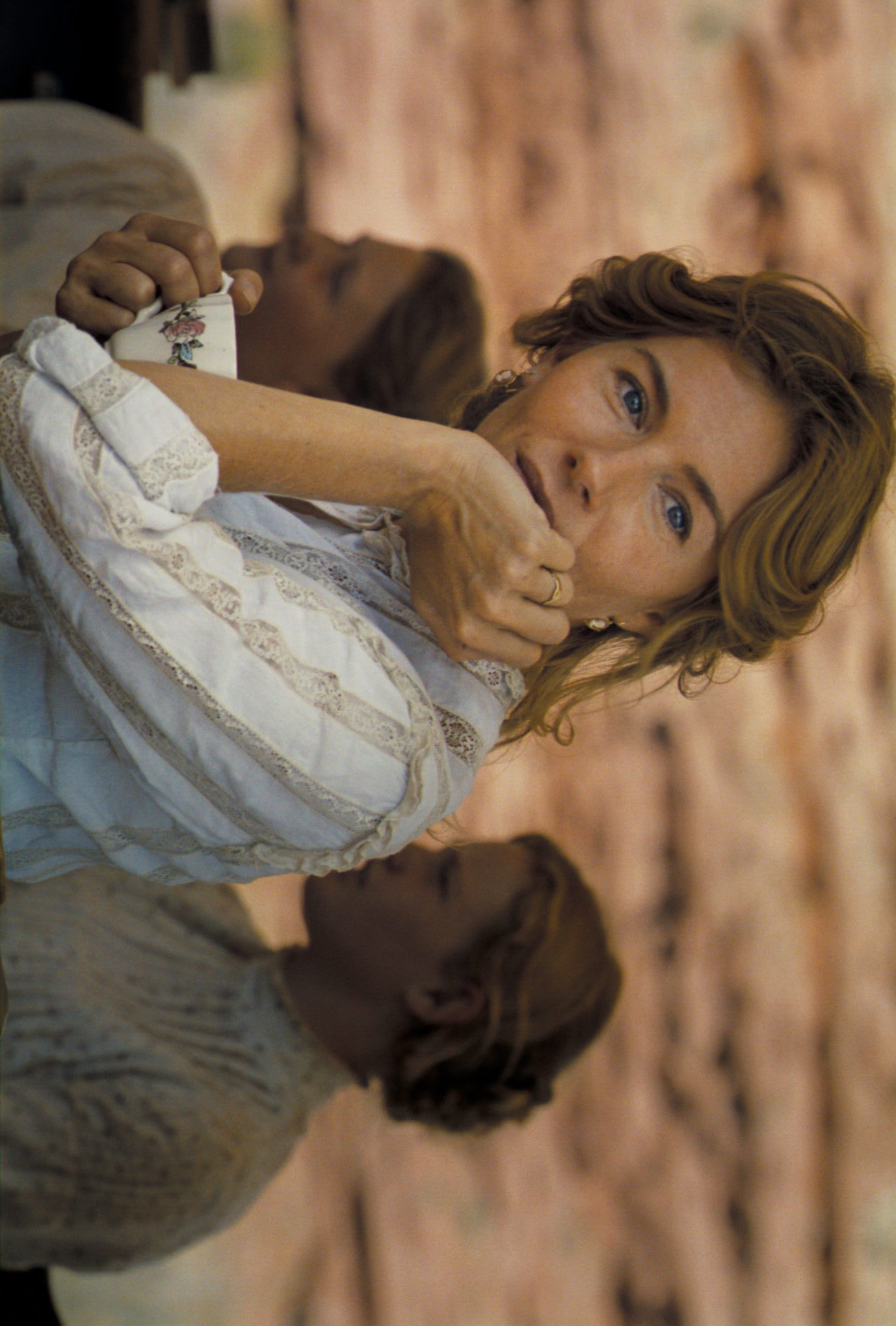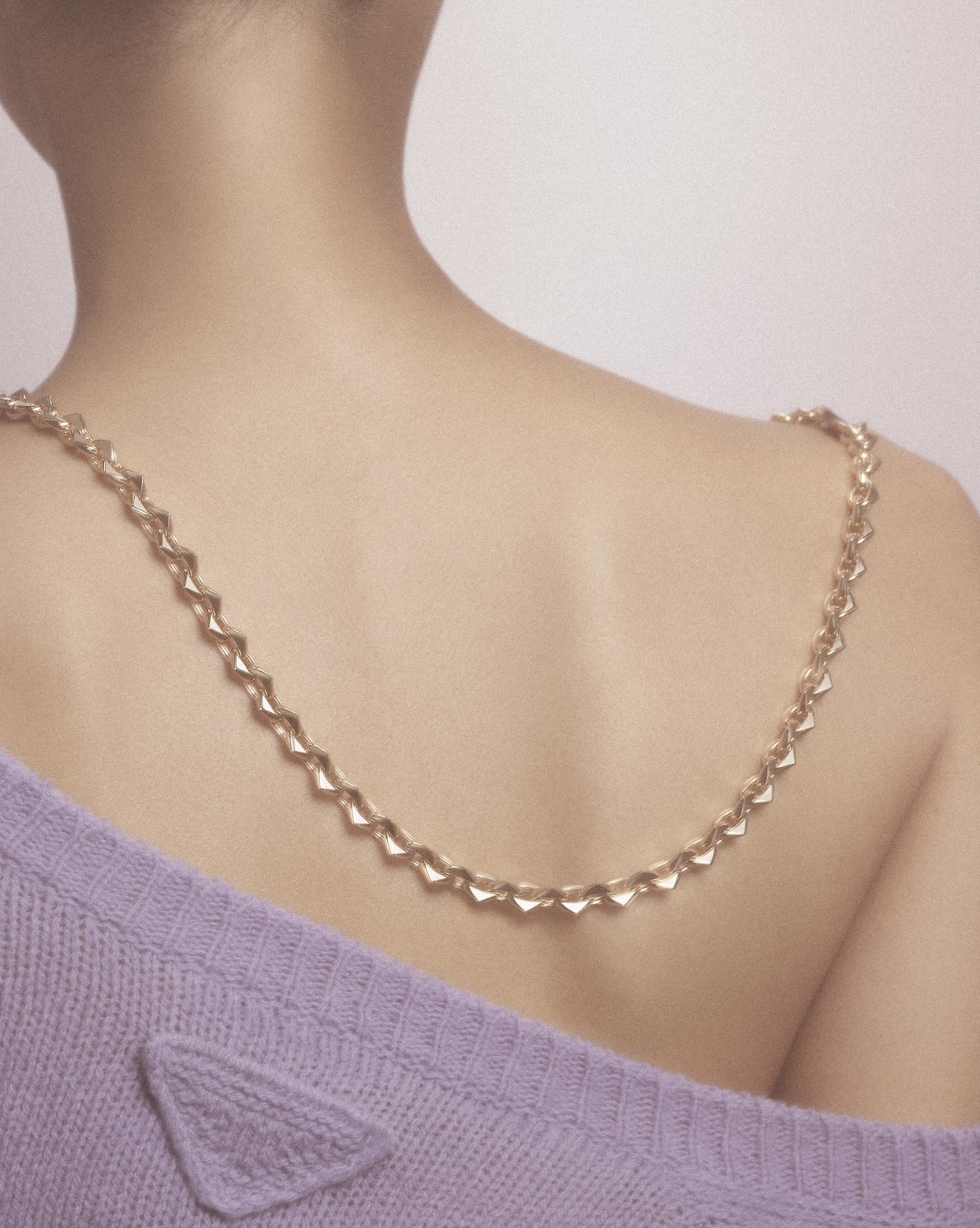In recent years, the Parodi Costume Collection has carefully added key Martin Margiela pieces to its archive, making it a veritable treasure trove for exploring one of the most fascinating figures in fashion history. The designs on display, sourced by Byronesque and Gonzalo Parodi through former collectors, dealers and auctions in the United States, are definitely one-of-a-kind pieces celebrated in fashion history. Lets just thinking about the legendary dummy jackets from Margiela’s A/W 1997 collection, made from the oatmeal Stockman patterns used in traditional haute couture houses. A Dadaist and spokesman for the “less is more” philosophy, the exhibition, like the designer’s creativity, also features a 3-D sculptural reconstruction by the No More Mondays design studio, a group known for its collaborations with Loewe and Bottega Veneta. No More Mondays has made the meta-design nature of semi-couture even more relevant and symbolic, both in aesthetics and theory. Gonzalo Parodi, director of PCC, affirms his willingness in the exhibition to place Martin’s imagery alongside philosophers such as Ludwig Wittgenstein or Jacques Derrida. To reflect the hybrid aspect of experimentation and theory, Byronesque, Alexander Samson and a group of artists and designers were brought in for the occasion in a conversation that explores the personality and process of the iconic designer. MARGIELA: IN THE VOID is in effect the first critical look at Martin Margiela’s work ever presented before in the city of Miami. Defined as the creative who obsessively hides and conceals himself from social exposure, retreating from the media and not giving interviews or portraits, Martin Margiela formally created a void in the history of fashion, which on the contrary has always been obsessed with the commercial aspect. His void has destroyed the status of the traditional designer and at the same time created an empty label, attached by the now famous four dots, which nevertheless manages to establish a communicative process that is anything but anonymous, but rather sophisticated, conceptual, and intriguing.
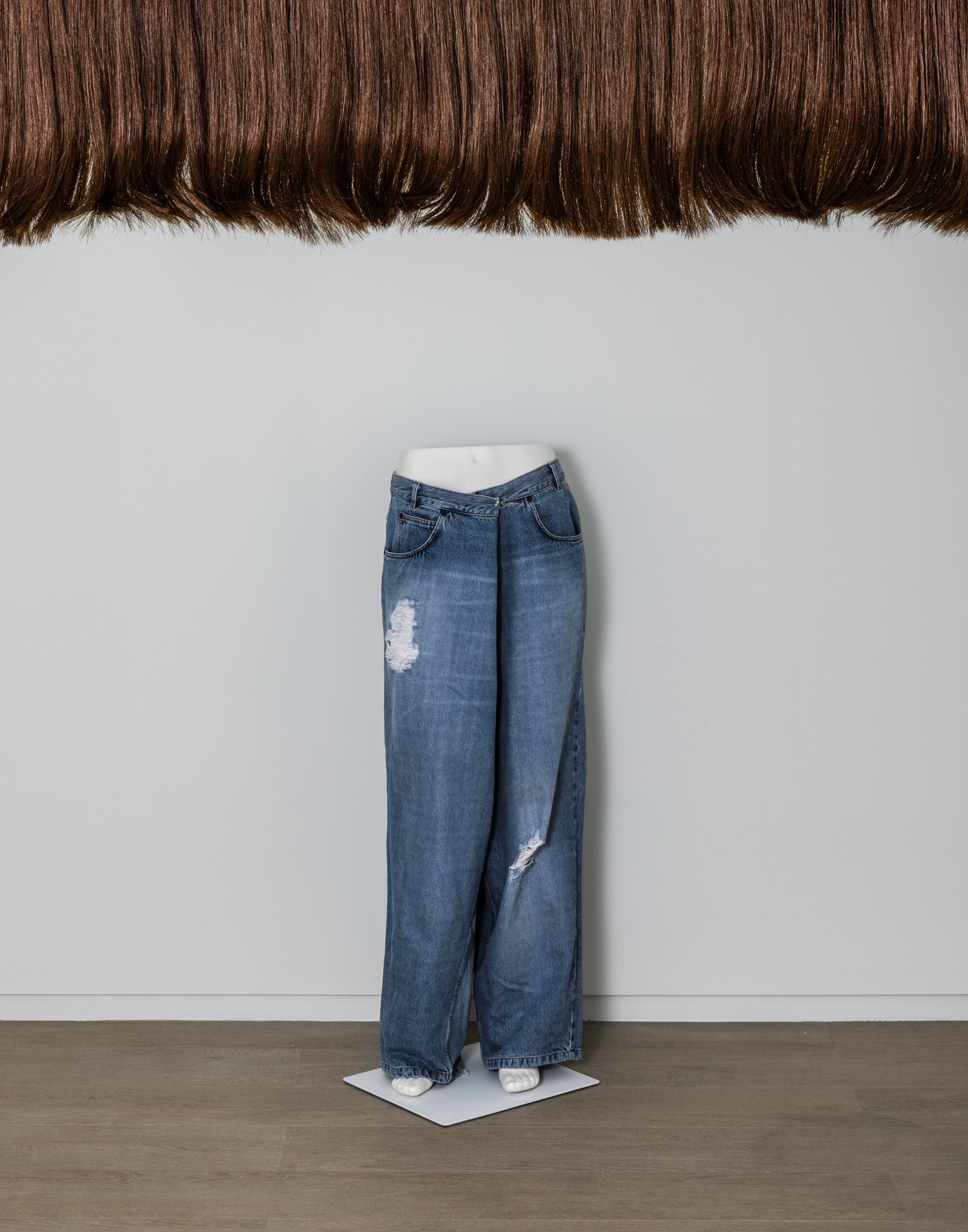
“Martin was famously absent, our idea to focus on the voids taps into his personality as a designer and goes deep into the literal and metaphorical voids surrounding each piece. This idea allows people to witness the creation of complete looks in real time.”
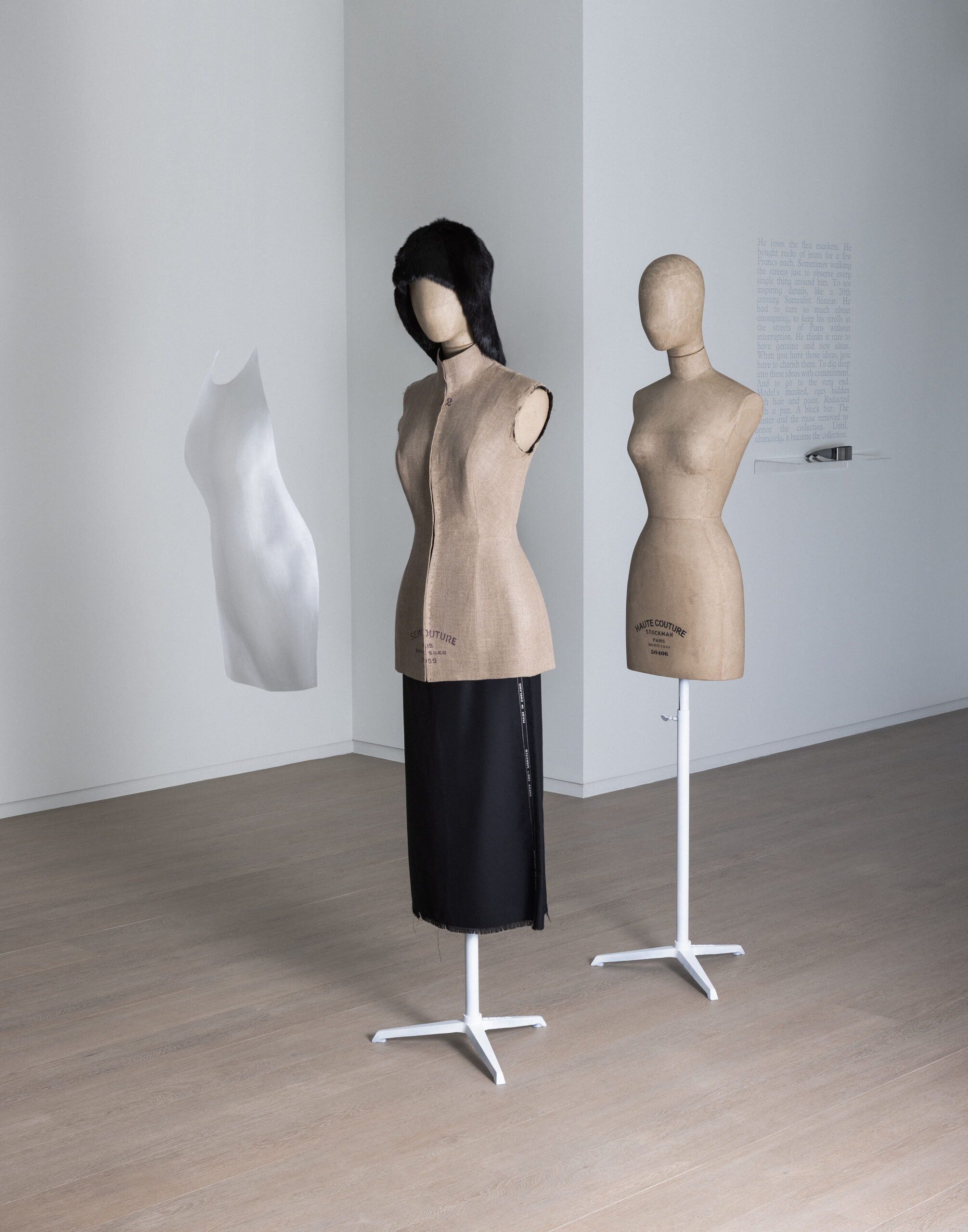
Even as an artist, Margiela continues to value the human anatomical form, an absence of the passage of time and anonymity. These themes make the exhibition a search for existence, never seeing a real beginning or end to objects and bodies, dictating the importance of the incomplete as a need to transform. The designer’s work resonates deeply with attention toward critical thinking about fashion and the need to educate by exploring the visual and ethical dimensions of his work. If, for example, there was no ecological motive or process behind his Artisanal line, which came about because the price of existing garments was substantially cheaper than new fabrics with unlimited availability, it is because Martin, as a fan of the 1970s, loved vintage clothes. Emptiness, also understood as intellectual honesty, is thus always investigated by the designer in a transparent way. When Martin started school at the Academy in Antwerp, Belgium, his teachers advised him to change his direction and move on to art studies, but he believed that his artistic ideas should live on through his clothes-demonstrating today his full awareness, the result of an original and singular artistic process that cannot be categorized into any other living model.
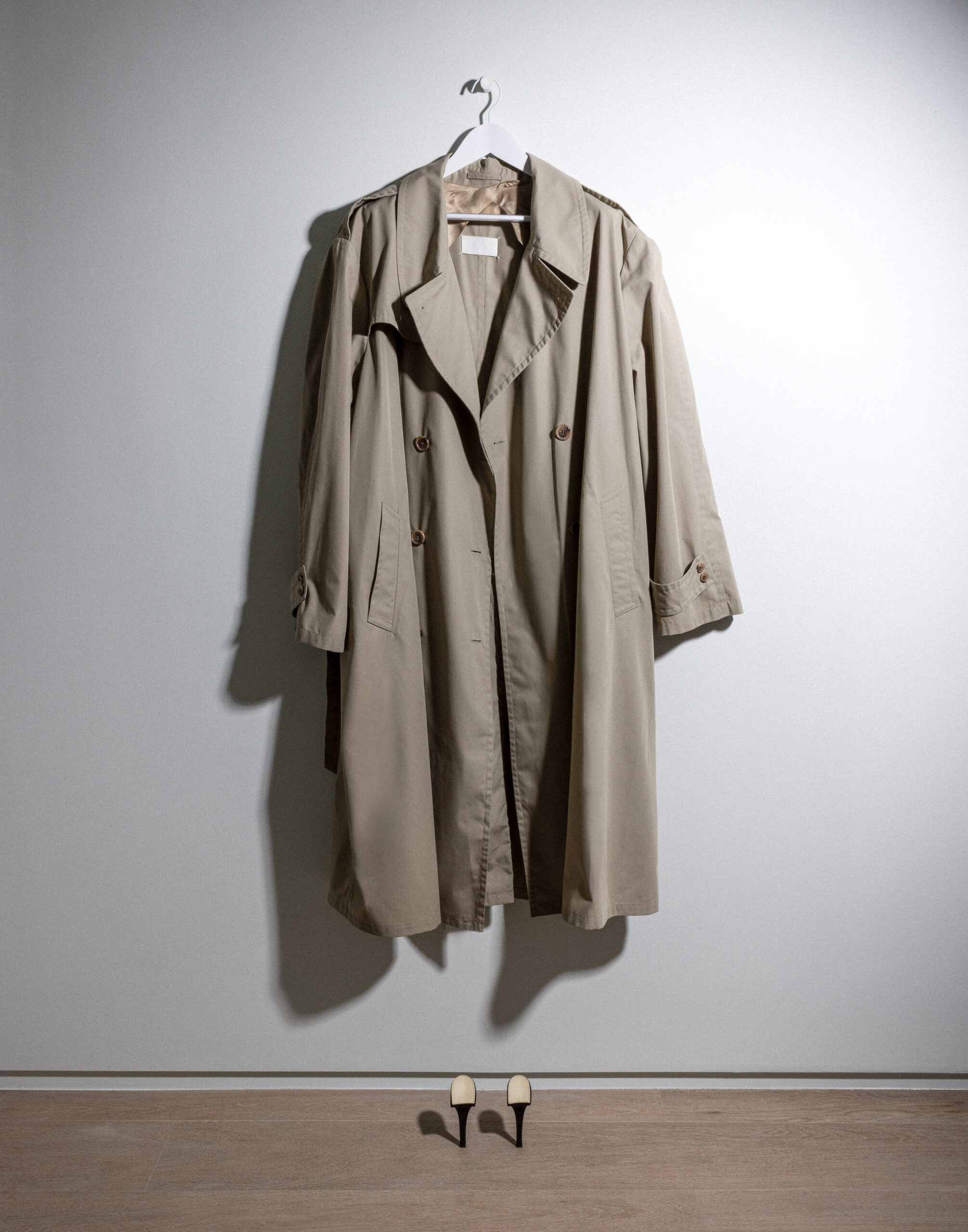
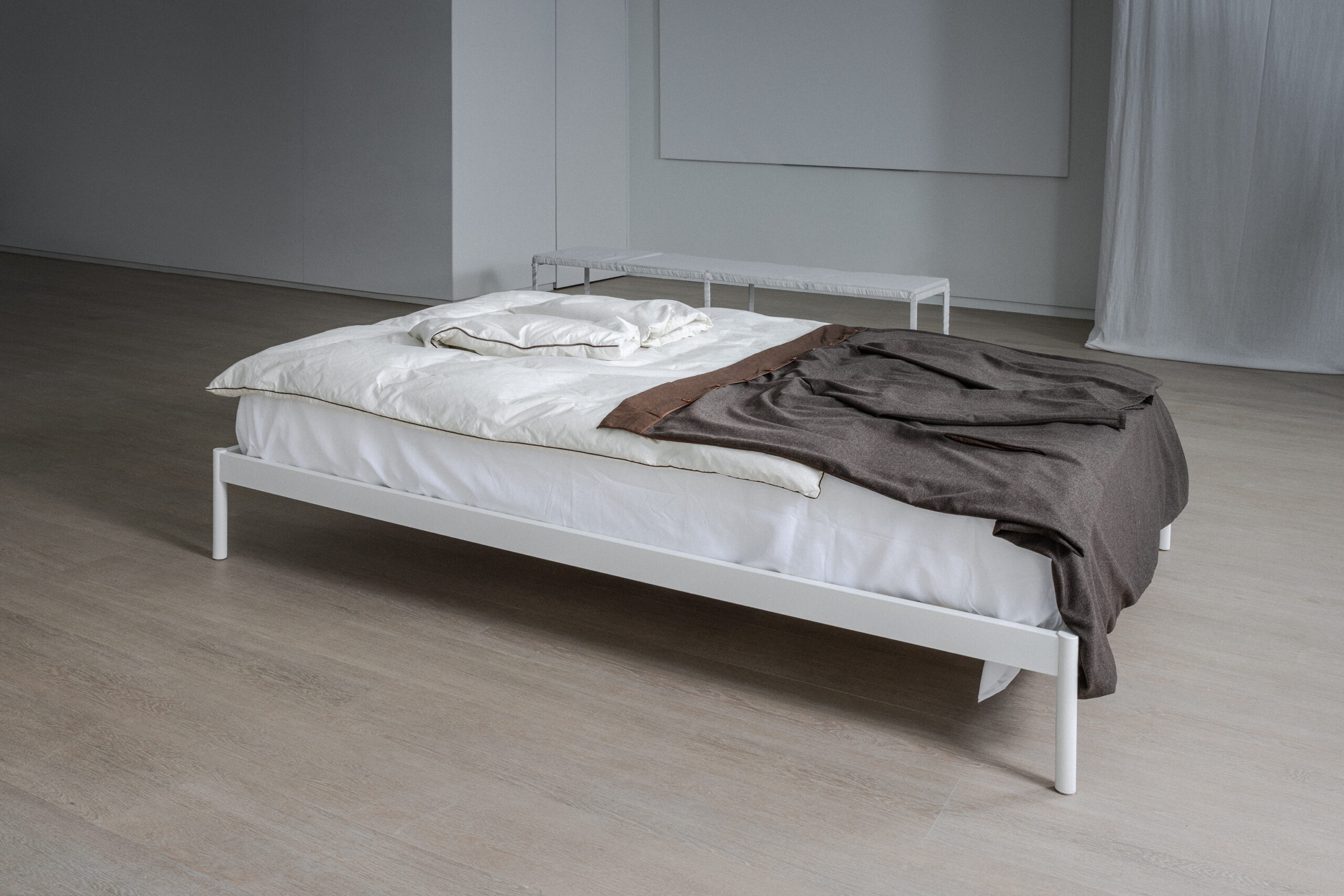
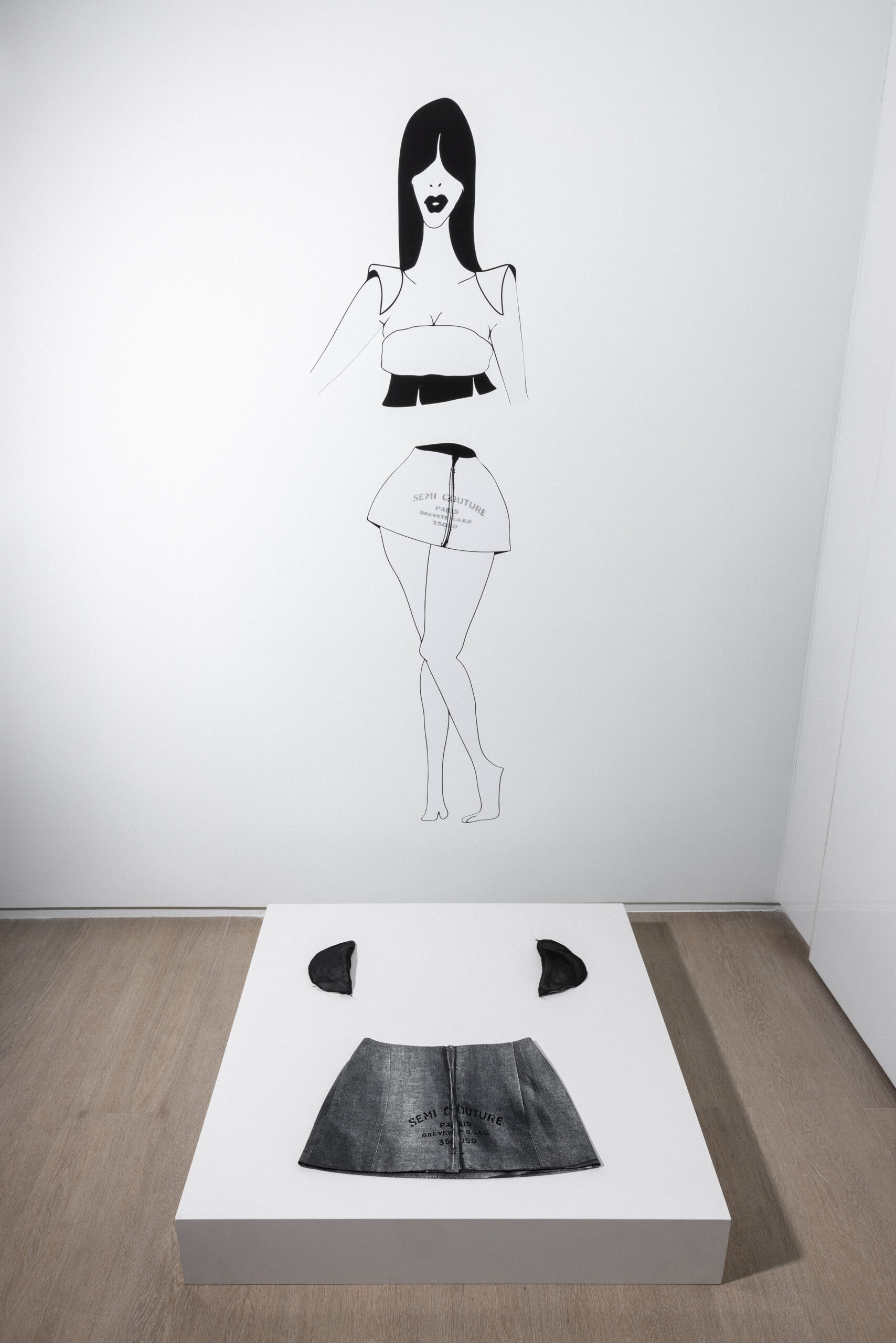
For further information parodicostumecollection.com
